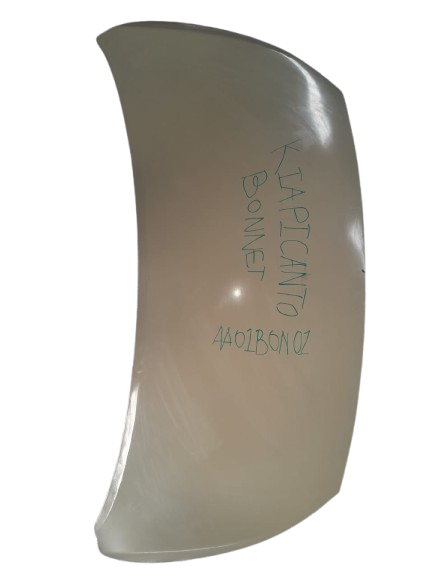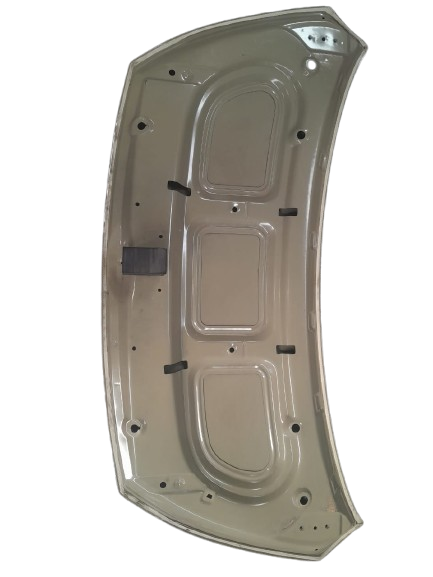

Overview
The bonnet (hood) of the Kia Picanto from 2015 onwards is a key component that blends aesthetic appeal, structural strength, and functional practicality. As part of the facelifted second-generation Picanto, it contributes significantly to the car’s updated styling while providing essential protection for the engine bay. Designed to complement Kia’s signature “tiger-nose” grille, the bonnet enhances the vehicle’s aerodynamic profile and visual presence. Beyond its appearance, it is built for safety, durability, and ease of maintenance, making it a critical part of both the vehicle’s performance and overall appeal.
1. Design & Aesthetic
The bonnet’s design reflects modern compact car styling:
- Front-End Integration: Smoothly aligns with the “tiger-nose” grille and headlights.
- Aerodynamic Lines: Subtle creases and contours enhance visual width and a dynamic stance.
- Balanced Proportions: Despite its compact size, it harmonizes with the front bumper and lighting for a cohesive look.
The bonnet’s design conveys a balance of compact efficiency and confident styling, which is a hallmark of the Picanto.
2. Materials & Construction
- Stamped Steel: Provides strength and affordability.
- Inner Reinforcement: Cross-bracing and ridges improve rigidity and impact absorption.
- Paint & Finish: Available in OEM pre-painted variants or primed for custom painting.
The bonnet’s construction ensures durability, safety, and ease of replacement when necessary.
3. Functional Features
- Hinges & Latch: Securely mounts and locks the bonnet.
- Secondary Safety Catch: Prevents accidental opening during driving.
- Under-Bonnet Insulation: Reduces engine noise and provides thermal protection.
These features highlight both practical and safety-oriented considerations in the bonnet’s design.
4. Fitment & Compatibility
- Applicable Models: Primarily the facelifted MK2 Picanto (2015–2021).
- Replacement Options: Both OEM and aftermarket bonnets are available, including primed or pre-painted versions.
- Trim Compatibility: Covers multiple engine trims and special editions like the GT-Line.
5. Maintenance & Durability
- Rust Prevention: Repair paint chips promptly.
- Insulator Care: Inspect for wear or moisture accumulation.
- Hinge Lubrication: Maintain smooth operation and prevent corrosion.
- Optional Protection: Stone chip protectors can enhance longevity.
Proper maintenance ensures the bonnet remains functional and visually appealing for years.
Conclusion
The Kia Picanto bonnet (2015 onwards) successfully merges modern design, functional strength, and safety features. Its lines and proportions enhance the car’s front-end styling, while its steel construction and reinforced inner structure ensure durability and protection for the engine bay. With various replacement options, including OEM and aftermarket panels, maintaining or restoring the bonnet is straightforward. Regular care and occasional maintenance keep the bonnet in top condition, preserving both the Picanto’s appearance and its reliability. Overall, it is a practical yet visually integral component of the vehicle.
